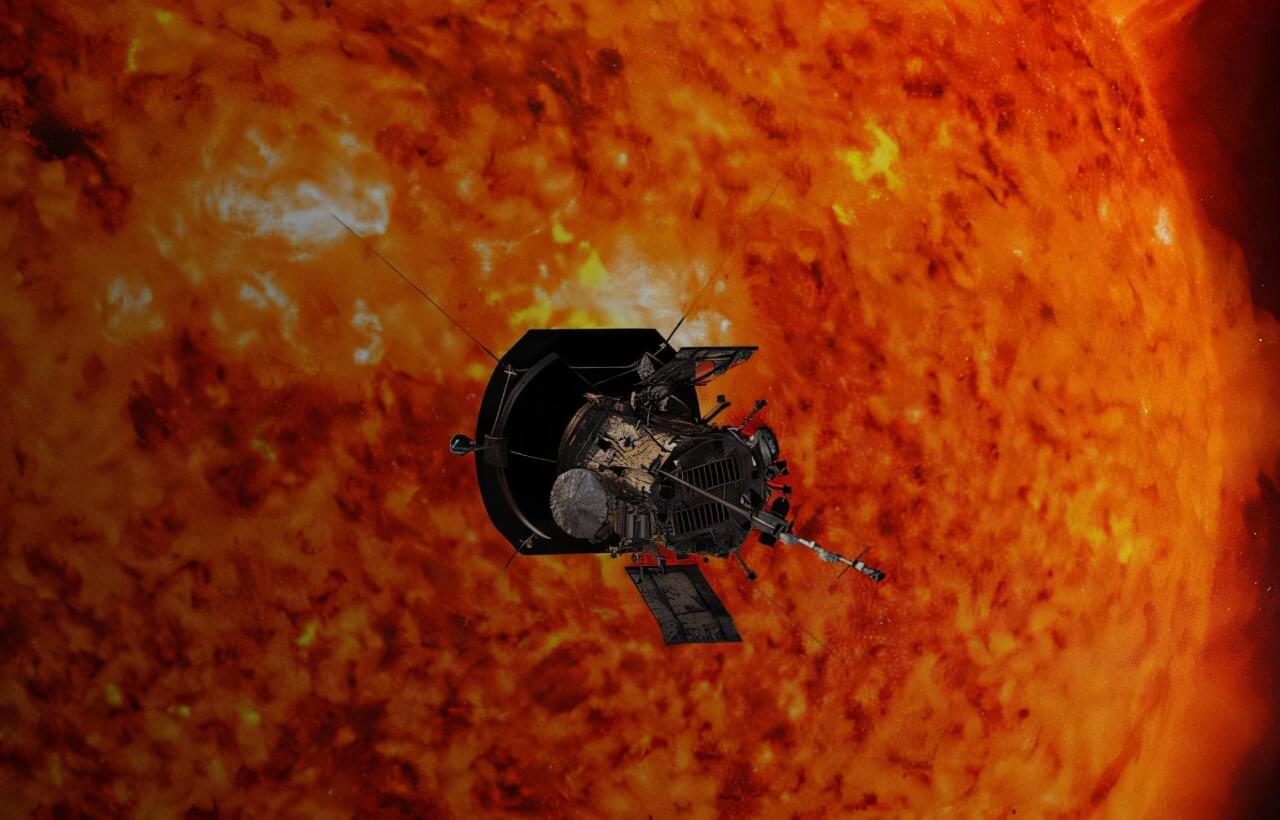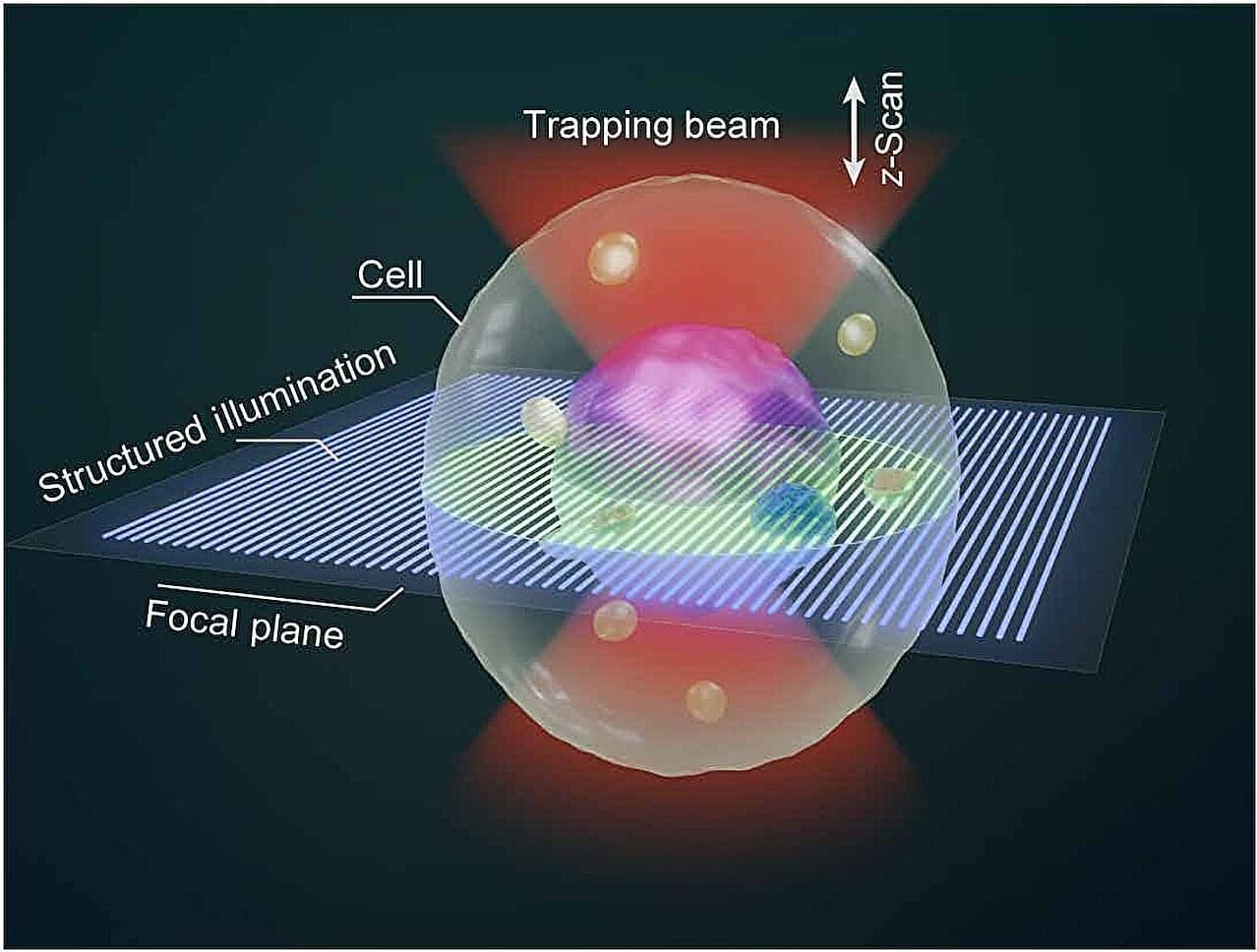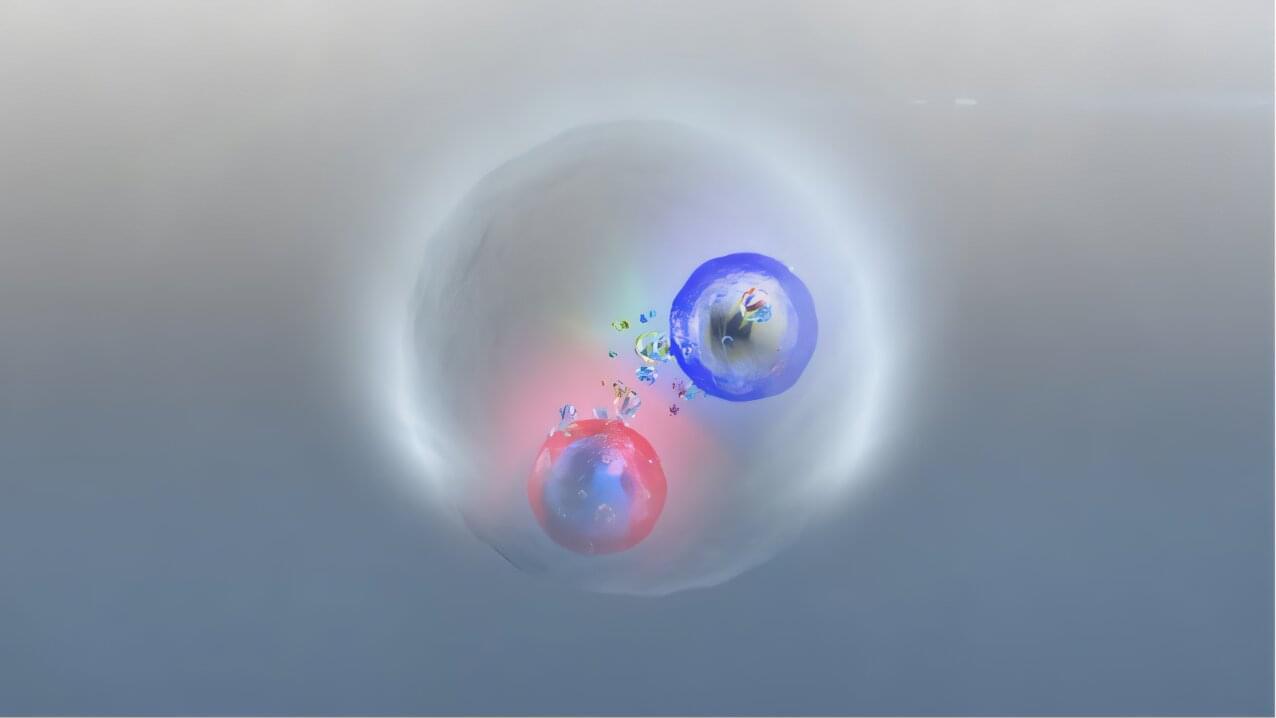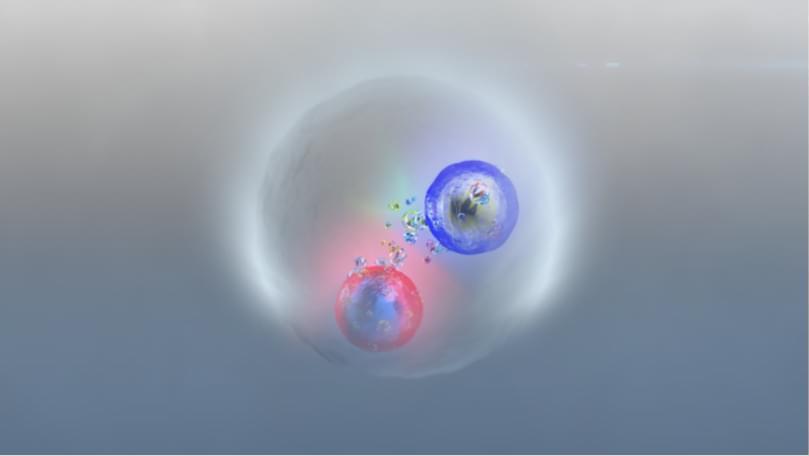New research utilizing data from NASA’s Parker Solar Probe has provided the first direct evidence of a phenomenon known as the “helicity barrier” in the solar wind. This discovery, published in Physical Review X by Queen Mary University of London researchers, offers a significant step toward understanding two long-standing mysteries: how the sun’s atmosphere is heated to millions of degrees and how the supersonic solar wind is generated.
The solar atmosphere, or corona, is far hotter than the sun’s surface, a paradox that has puzzled scientists for decades. Furthermore, the constant outflow of plasma and magnetic fields from the sun, known as the solar wind, is accelerated to incredible speeds.
Turbulent dissipation —the process by which mechanical energy is converted into heat—is believed to play a crucial role in both these phenomena. However, in the near-sun environment, where plasma is largely collisionless, the exact mechanisms of this dissipation have remained elusive.









